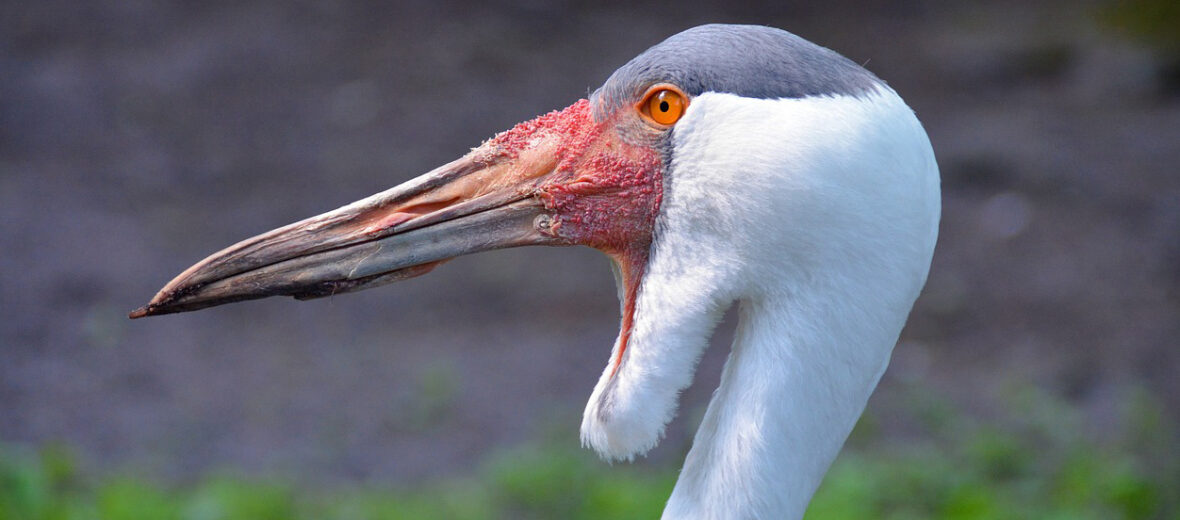
The wattled crane is Africa’s most endangered bird! Once ranging from the coastal west of Africa to the African horn down to the southern tip of Africa, the wattled crane is now only found in the Okavango Delta. It is estimated that only 6,300+/- remain in the wild. The IUCN lists these birds as Vulnerable.
First the Stats…
Scientific name: Bugeranus carunculatus
Weight: Up to 18 lbs.
Height: Up to 6 feet
Lifespan: Up to 30 years
Now on to the Facts!
1.) They eat tubers and rhizomes of submerged sedges, grain, grass seed, and insects.
2.) Their decline is mainly due to habitat loss. Especially due to changing hydrology, invasive species, unsustainable exploitation of wetlands, human disturbance, fire, and conversion of grasslands to agriculture.
3.) This species is typically seen in pairs or in a trio consisting of a breeding pair, which defend a territory, and a juvenile.
4.) The wattled crane nests in shallow wetlands where they are unlikely to be disturbed by humans or other predators.
5.) These cranes have very complex social behaviors and body language plays an important role in communication and reproduction.
But wait, there’s more on the wattled crane!
6.) Courtship displays often include leaping, dancing, and even stick throwing. These displays can last from a few seconds to several minutes.
7.) Clutches consist of 1 – 2 eggs, but typically only one chick is reared. Incubation is generally 36 – 40 days.
Did you know…?
Their nests can be up to 70 inches across!
8.) Fledging success rate is roughly 60%. Juveniles remain with their parents for approximately 12 months, after that they join a non-breeding flock.
9.) Wattled cranes usually submerge their entire head when feeding.
10.) Breeding pairs so aggressively defend their young that they are bold enough to attack humans.
Now a Short Wattled Crane Video!
Also, check out the Critter Science YouTube channel. Videos added frequently!
Want to suggest a critter for me to write about? Let me know here.



